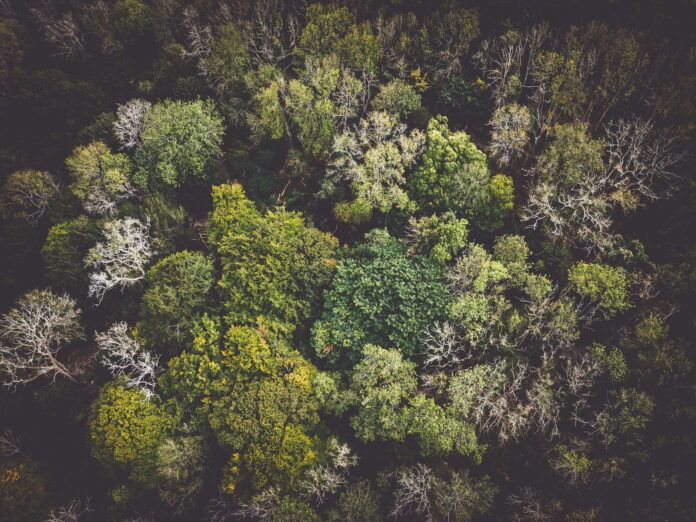In the quest for a more sustainable future, industries worldwide are pivoting towards eco-friendly packaging solutions. As consumers become increasingly aware of the environmental impact of their purchases, the demand for green packaging options has soared, prompting innovation and creativity across various sectors.
Pioneering Materials in Sustainable Packaging
The evolution of sustainable packaging materials marks a significant step in reducing the environmental footprint of consumer goods. One of the most promising developments is the creation of biodegradable plastics derived from renewable resources such as corn starch, sugarcane, and even mushrooms. These materials decompose naturally, unlike their petroleum-based counterparts, and offer a viable solution to the problem of plastic waste. Another innovative approach involves the use of cellulose-based packaging, which is not only biodegradable but also made from recycled and sustainably sourced paper products, further minimizing the impact on deforestation.
The use of algae and seaweed has also emerged as a groundbreaking material in sustainable packaging. These aquatic plants grow quickly and do not require arable land or freshwater, making them an environmentally friendly alternative to traditional packaging materials. Algae-based packaging is inherently biodegradable and can even be edible, presenting an exciting opportunity for the food industry. Lastly, the development of compostable films and coatings has gained traction, offering a protective barrier for products without the lasting environmental harm associated with synthetic polymers.
As these pioneering materials continue to be refined and scaled for mass production, the challenge lies in balancing functionality with sustainability. The materials must meet the rigorous demands of packaging, such as durability and food safety, while also being cost-effective to encourage widespread adoption. The ongoing research and development in this area hold the potential to transform the packaging industry and significantly reduce its ecological footprint.
Cross-Industry Eco-Packaging Breakthroughs
The push for eco-friendly packaging has transcended industry boundaries, leading to a wave of cross-industry breakthroughs. In the food and beverage sector, companies are replacing single-use plastics with plant-based alternatives, such as bioplastics made from corn or potato starch. These materials can mimic the properties of traditional plastics, ensuring product freshness while being compostable post-use. The fashion industry, too, is contributing to the shift with the adoption of recycled materials for packaging, reducing reliance on virgin resources and lowering carbon emissions.
In the electronics industry, a sector notorious for generating e-waste, there is a growing trend towards minimalistic packaging designs that use fewer materials and focus on recyclability. By streamlining packaging, companies not only reduce waste but also save on transportation costs due to lighter and smaller packages. The healthcare sector is also making strides with the introduction of reusable and recyclable packaging for medical products, a move that not only addresses environmental concerns but also helps in controlling healthcare costs.
The beauty and personal care industry has not been left behind, with many brands now offering refillable packaging options. This approach extends the life of the primary packaging and reduces the need for disposable containers. Additionally, the use of glass, which is infinitely recyclable, has become more prevalent in this sector. These cross-industry efforts demonstrate a collective commitment to sustainable practices and showcase the versatility of eco-friendly packaging solutions.
Future Trends in Green Packaging Tech
Looking ahead, the future of green packaging technology is poised to be shaped by several emerging trends. One such trend is the integration of digital technology into packaging. Smart packaging, equipped with sensors and connected to the internet, can help manage inventory, track freshness, and even inform consumers about the recyclability of the package, thereby promoting responsible disposal. Another area of development is the use of nanotechnology to create ultra-thin, lightweight materials that provide superior protection with minimal environmental impact.
The concept of circular economy is also gaining traction in the packaging industry, emphasizing the need for materials that can be reused or recycled indefinitely. This approach encourages the design of packaging with its entire lifecycle in mind, ensuring that end-of-life solutions are considered from the outset. Innovations such as chemical recycling, where plastic waste is broken down into its basic molecules and remade into new plastics, could play a pivotal role in achieving a circular economy for packaging.
Lastly, the push towards zero-waste packaging is likely to continue, with more companies adopting a cradle-to-cradle philosophy. This means designing packaging that can either be fully recycled, composted, or repurposed, leaving no waste behind. As technology advances and consumer demand for sustainable options grows, the packaging industry will continue to evolve, leading to more innovative and environmentally responsible solutions that align with the principles of sustainability.
In conclusion, the advancements in eco-friendly packaging solutions are a testament to the ingenuity and commitment of industries to address environmental challenges. From pioneering materials to cross-industry breakthroughs, and the anticipation of future green packaging technologies, the journey towards sustainability is well underway. As these innovations continue to unfold, they pave the way for a future where packaging leaves a positive impact on the planet, rather than a footprint.
